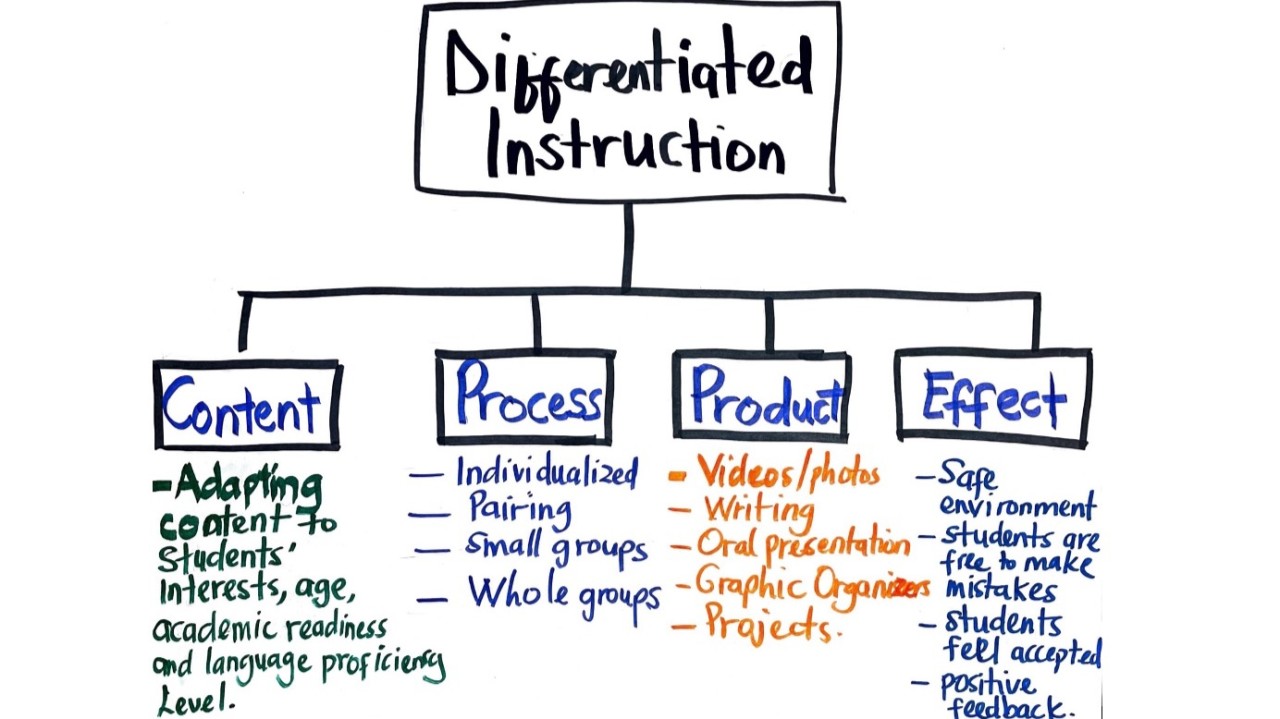According to the Grattan Institute, around 40% of Australian students can be considered disengaged or unproductive in any given school year (Grattan Institute, 2020). For educators, this figure is sobering but hardly surprising. Walk into almost any classroom and you’ll see the challenge play out: some students cruising ahead, others struggling to keep up, and a large number sitting somewhere in between — not misbehaving, but not really learning either.
The reasons for disengagement are complex. Some students lack motivation, some don’t see the relevance of the curriculum, and others are dealing with challenges outside of school. But one common thread is this: our system often struggles to meet students where they are.
This is where the promise of differentiation lies. In theory, tailoring learning experiences to the needs, abilities, and interests of individual students makes perfect sense. In practice, however, differentiation is one of the hardest things a teacher is asked to do. It requires deep knowledge of each learner, an ability to modify tasks and assessments, and the time to prepare multiple pathways through the same unit of work. For teachers already burdened with compliance and administrative expectations, the ideal of true differentiation can feel out of reach (Tomlinson, 2017).
Yet if we are serious about lifting engagement, we can’t ignore it. Students switch off when work is either too easy, too hard, or disconnected from their reality. They switch on when they feel challenged at the right level, supported when they struggle, and given opportunities to exercise choice and agency in their learning (Fredricks, Blumenfeld & Paris, 2004).
The dilemma is clear: how do we give teachers the tools and time to differentiate meaningfully without burning them out? How do we move from a system that largely teaches to the middle, to one that personalises learning at scale?
Towards a Solution
We won’t solve disengagement by adding more to teachers’ plates. Instead, the key lies in smarter systems and frameworks that:
- Provide professional development for a teacher who doesn’t know where to start when it comes to planning for differentiation.
- Streamline planning so teachers can design lessons that are both rigorous and adaptable without spending hours duplicating work.
- Embed evidence-based pedagogies that activate students’ higher-order thinking and creative intelligence alongside core content (OECD, 2023).
- Automate routine tasks, such as documenting learner adjustments, so teachers can focus on engaging with students.
- Provide real-time insights that help teachers understand where students are at, and leaders see the bigger picture across the school.
By putting the right tools in teachers’ hands, we can make differentiation practical at scale, not as an added burden, but as a natural part of how schools plan and deliver learning.
Because if we don’t find ways to re-engage students, the 40% disengagement figure will remain our reality. But if we do, we open the door to classrooms where every student feels challenged, supported, and excited to learn.
References
- Grattan Institute (2020). Engaging Students: Creating Classrooms That Improve Learning. Melbourne: Grattan Institute.
- Tomlinson, C. A. (2017). How to Differentiate Instruction in Academically Diverse Classrooms (3rd ed.). ASCD.
- Fredricks, J. A., Blumenfeld, P. C., & Paris, A. H. (2004). School Engagement: Potential of the Concept, State of the Evidence. Review of Educational Research, 74(1), 59–109.
- OECD (2023). What Should Students Learn in an Age of AI? OECD Future of Education and Skills 2030 Project.
The Vivedus Planner makes high-quality differentiation achievable at scale, ensuring that teachers can meet diverse student needs without burning out and schools can finally start shifting that disengagement statistic in the right direction
